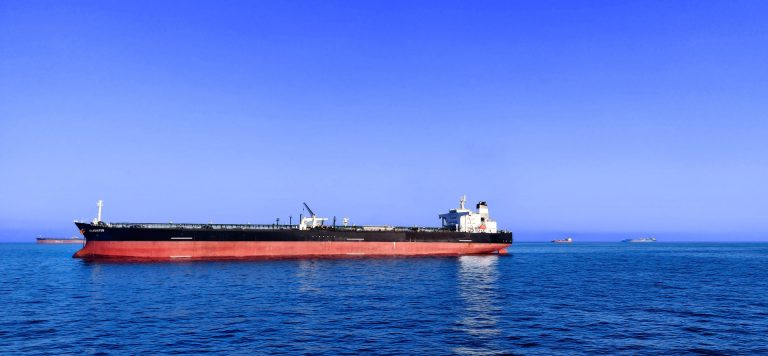A Panama-registered cargo ship split into two near the Hachinohe Port in northern Japan. Crimson Polaris, the 39,910-ton ship, was chartered by Japan-based shipping company NYK and owned by MI-DAS Line S.A.
According to an NYK press release, the ship was swept away by strong winds, running aground off Hachinohe at around 7:35 a.m. local time on August 11. The crew aboard the ship was unable to navigate the large vessel. As a result, the ship ended 2.4 miles out from the port.
“Afterward, a portion of the ship’s wood-chip cargo was lost from the damaged part of the hull, NYK is currently confirming the amount of cargo and the impact on the sea area at the site… All crew members have been evacuated from the ship with the cooperation of the Japan Coast Guard, and those seafarers have been confirmed to be safe,” the press release said.
NYK organized a crisis management center under the leadership of President Hitoshi Nagasawa to address the issue. People from the company are at the site and necessary support is being given to the shipowner and management company.
At around 4:15 a.m. on August 12, the ship split into two and the oil spilled out into the ocean. The ship contained 1,600 tons of heavy oil, which is a form of unconventional oil that is highly viscous and thick. The vessel was at the end of its journey from Thailand. The 21 crew members on board, eight from China and 13 from the Philippines, were not injured.
Success
You are now signed up for our newsletter
Success
Check your email to complete sign up
Crimson Polaris was a dedicated wood-chip carrier, meaning that the vessel was designed specifically for carrying wood chips for paper. “Unlike normal bulkers (for coal, iron ore, grain, etc.), vessels carrying a low specific gravity of chips are measured in terms of cargo hold capacity rather than deadweight capacity,” according to Sanoyas.
An oil spill around 3.2 miles long and roughly 0.6 miles wide was visible later on August 12. According to a Coast Guard spokesperson, the two parts of the vessel have not been moved and are being monitored by patrol boats. Three aircraft and patrol boats were dispatched after the ship ran aground. Though authorities attempted to contain the oil leak, they were unable to set up an oil fence around the vessel.
In August last year, a Japanese cargo ship had run aground in Mauritius, spilling at least 1,000 tons of oil into the Indian Ocean. It was regarded by ecologists as one of the worst ecological disasters in the history of Mauritius. The Japanese operator ended up committing $9.4 million to support the restoration of the marine environment.
The largest oil spill in history occurred during the 1991 Gulf War when 240 to 336 million gallons of oil ended up in the ocean. Iraqi forces, retreating from Kuwait, opened up the valves of oil pipelines and wells to slow down the onslaught of American military forces. Oil flowed into the Persian Gulf, with the resulting oil slick covering a region larger than the island of Hawaii.














